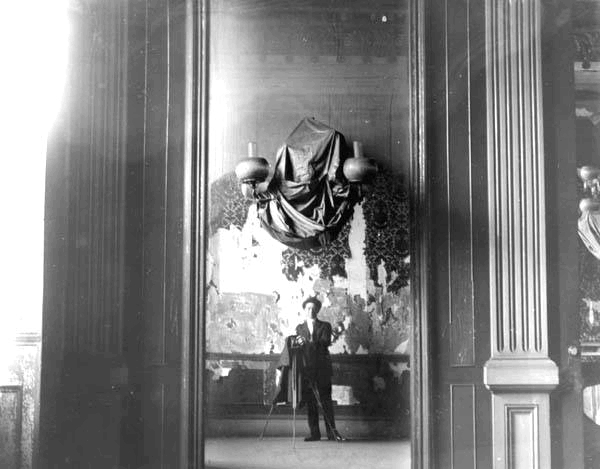|
Today in New Orleans History |
|
|
April 12



 

To receive an update for each day in New Orleans
history, join our facebook page
- Today in New Orleans History
Joseph Ansoetegui Shakspeare (April 12, 1837 -
22 January 1896) was mayor of New Orleans from 1880 - 1882 and again from 1888 to 1892. He
was born in New Orleans, the son of a Quaker from Delaware, Samuel Shakspeare, and Mariane
(Mathias) Shakespeare, a Swiss immigrant. He studied iron design in New York City and later returned to New Orleans to run
an ironworks started by his father. He later entered politics, serving one term in the state legislature. He married Antoinette
Kroos, a German immigrant, in 1863; the couple had five children. In the municipal election of 1880, Shakspeare accepted
the mayoral nomination of a coalition of reformers determined to take power from “the Ring”, a scandal-plagued
local political machine. Shakspeare defeated Jules Denis, the Ring candidate, by 9803 votes to 9362.
For several days, outgoing Ring mayor Isaac W. Patton refused to recognize the results. He would not give up City Hall until
ordered by a judge. In the municipal election of 1888, Shakspeare ran again as a reform candidate opposing the Ring. As before,
he was supported by members of the city’s conservative Bourbon business elite, and he defeated the Ring candidate,
Judge Robert C. Davey, by 23,313 votes to 15,635. The election was characterized by the presence of armed bands of men from
both the reform and Ring camps. Under the rules of the new charter, Shakspeare’s second term was a four-year one.
His second term was characterized by renewed street improvements, the introduction of electric street lights and street
cars, and a further improvement of the city’s debt situation. His administration began construction of a new courthouse
and jail complex on Tulane Avenue. He also created a professional fire department to replace the existing volunteer fire
departments, which had been active in municipal machine politics. But his efforts to use the police department as a source
of political patronage alienated some of his reform-oriented supporters. Shakspeare appointed David Hennessy as chief of
police. Hennessy’s assassination in October 1890, allegedly by members of the Sicilian Mafia, sparked an anti-Italian
riot in which the parish prison was stormed and eleven Italian immigrants were lynched. The riot created an international
diplomatic incident with the government of Italy. Shakspeare ran for a third term in 1892, but by then his reputation as
a reformer was tarnished, and he was defeated by Ring candidate John Fitzpatrick, who was
a popular politician with strong pro-labor credentials. Shakspeare died in New Orleans in 1896. From the New Orleans
Public Library. |
|
|

To receive an update for each day in New Orleans history,
join our facebook page - Today in New
Orleans History.
Analytics |


